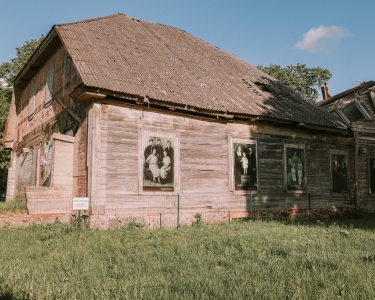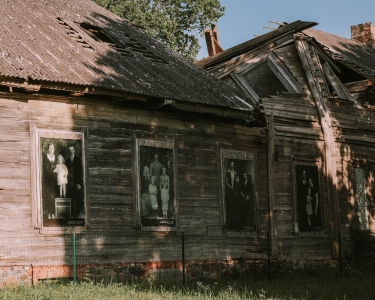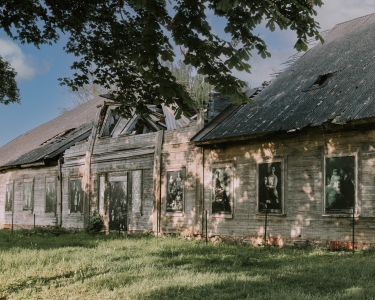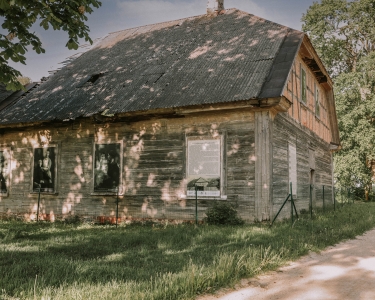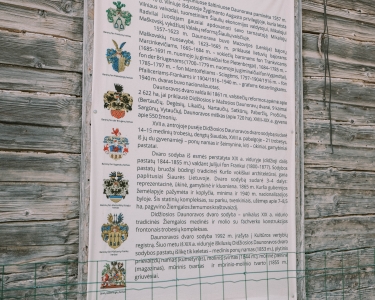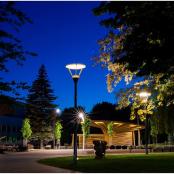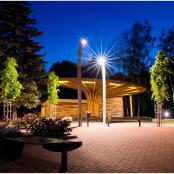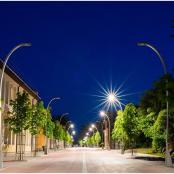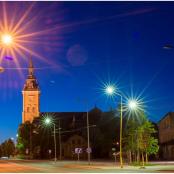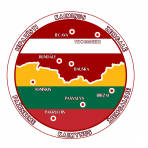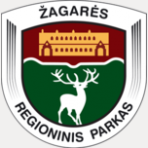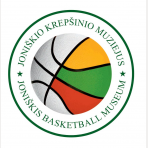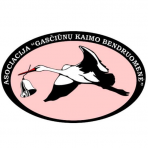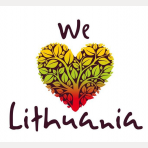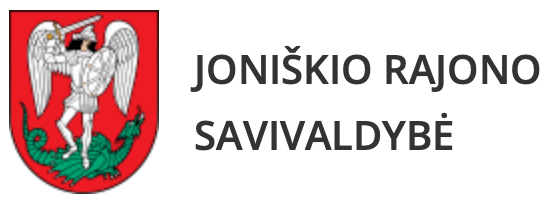Great Daunorava Manor
Great Daunorava Manor Farmstead is a unique complex of mid-19th century traditional Semigallia wooden, clay, and brick huts with half-timbered constructions, as well as a cultural monument of regional importance (No. 131). The farmhouse buildings’ features are typical of traditional German architecture in Courland. Only a few of the buildings of those that are disintegrating are left – the wooden lord house (1853), the brick bailiff house (Lit. kumetynas), clay granary (1844), the brick creamery (Lit. magazinas), the brick barn and the ruins of a brick-clay barn (1855). In the Manor’s surroundings people can find ponds and fragments of the park that stood here.
Daunorava was first mentioned in written sources – in a privilege issued by Sigismund Augustus in Vilnius in 1557, which allowed Vilnius Voivode, the then governor of Šiauliai, Mikolajus Radvila the Black, to award his servant Mikolajus Maškovskis the Daunorava Manor property. From 1557 up to 1940 the Manor was ruled alternatively by the noblemen Maškovskiai, Marcinkevičiai, barons fon Trankvic, fon der Bruggen, fon Mantoifel-Scioge, and fon Pfailicer-Frank, as well as count Keyserlingk. Great Daunorava Manor is also important as one of the biggest community of Latvians in Lithuania, named the “dundurniekai”, settlements, a symbol and cultural centre of the colony of Latvians living in Lithuania near Latvia.
The Semigallia Cultural Society turned the windows of Great Daunorava Manor into a public awning photograph exposition Dundurniekai to commemorate the historic common memory of the Manor and the Latvian community that lived here. A transparent stand showcasing the full view of the lord house is built near the Manor Farmstead (Joniškis Tourism and Business Information Centre).
GPS:56.311355, 23.562418
Daunoriškė, Joniškis district
